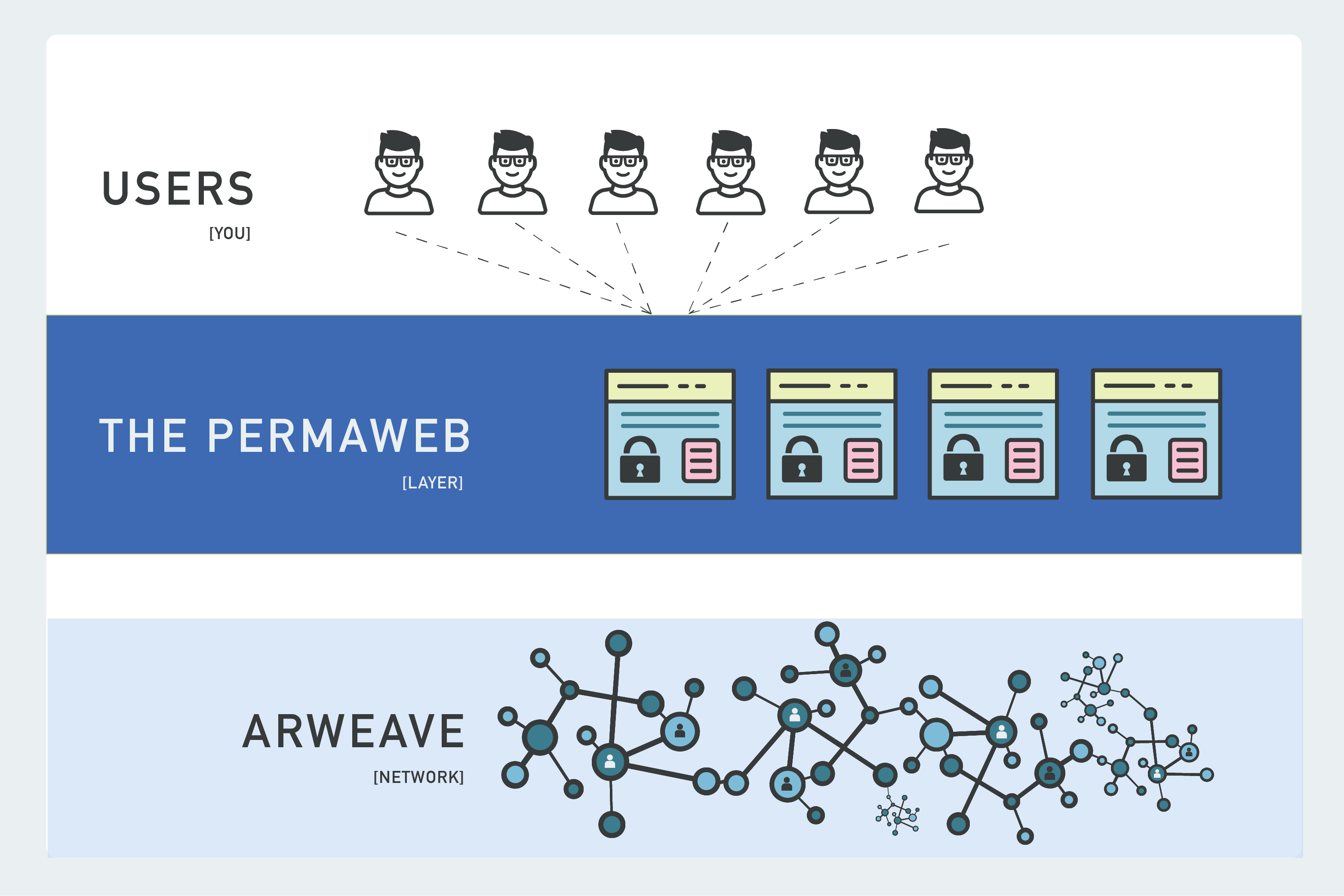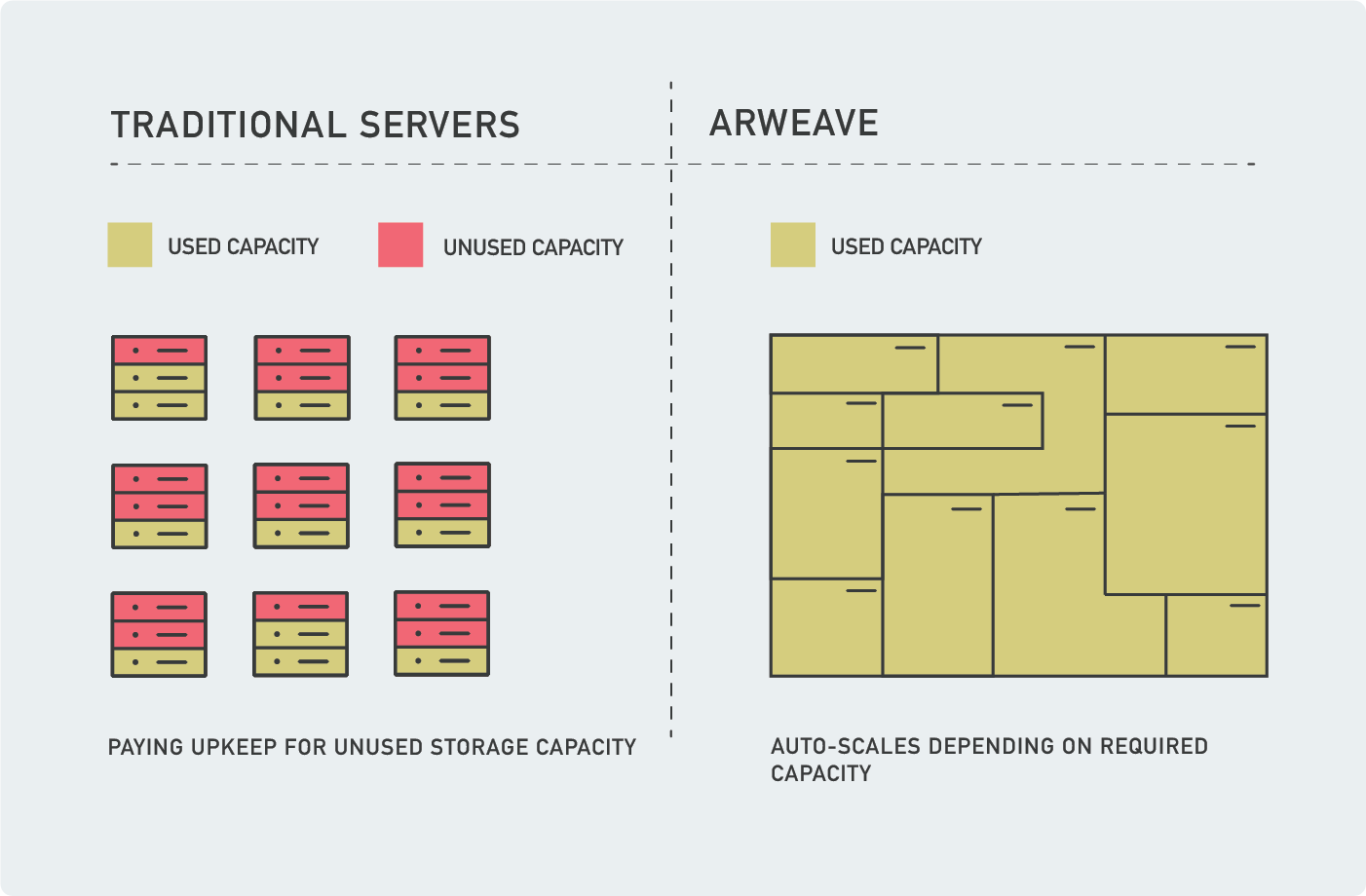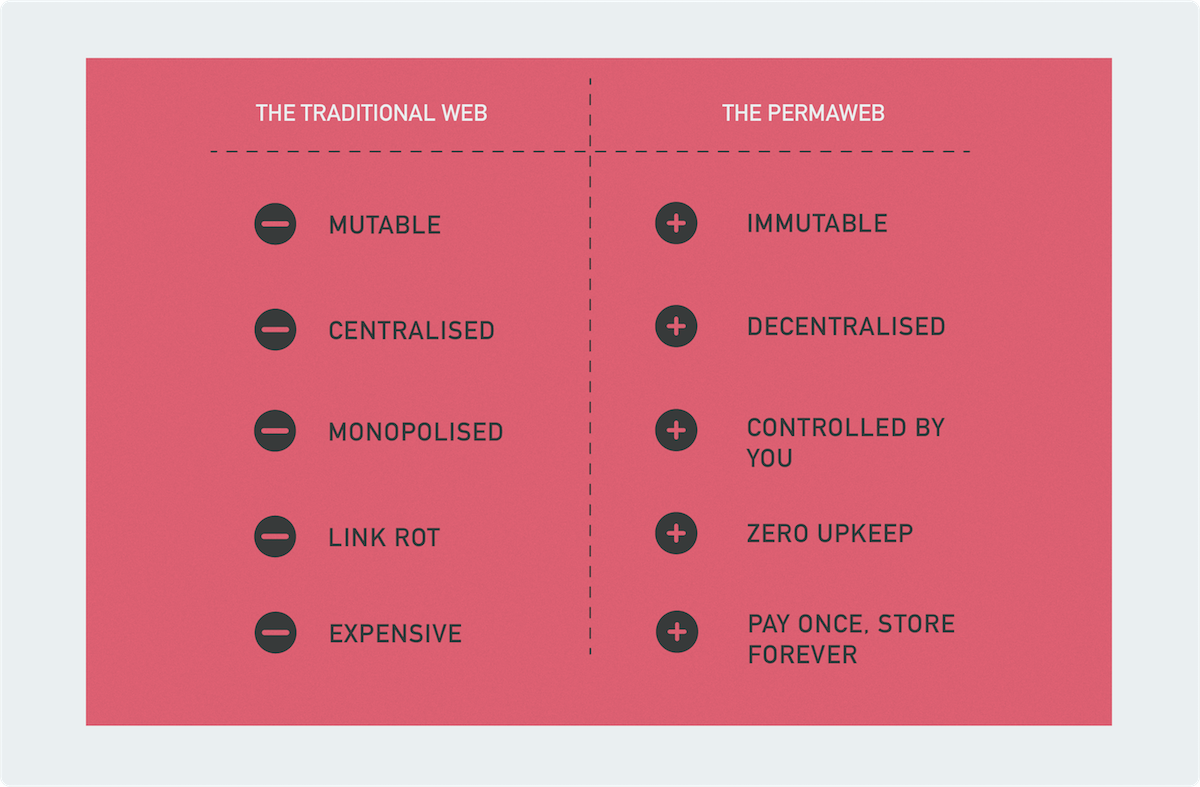On the heels of new filings from both Sumo Logic and JFrog, Snowflake, a venture-backed unicorn looking to go public on the strength of its data-focused cloud service, set an initial price range for its IPO.
The $75 to $85 per-share IPO price target values the firm at between $20.9 billion and $23.7 billion, huge sums for the private company. Its IPO could raise more than $2.7 billion for the startup.
Snowflake was last valued at around $12.5 billion when it raised a Series G worth $479 million earlier this year.
Built into those valuation projections are two private placements of stock in Snowflake, $250 million apiece from both Salesforce, the well-known CRM player, and Berkshire Hathaway, better known for its investment returns in the 80s and 90s, Cherry Coke, and Charlie Munger’s humor.
Jokes aside, the inclusion of Salesforce in the IPO is notable, but not a shock, but Berkshire taking part in the public market debut of Snowflake, a company with historic losses that are nigh-tyrannical, is.
Here’s the S-1/A text on the setup:
Immediately subsequent to the closing of this offering, and subject to certain conditions of closing as described in the section titled “Concurrent Private Placements,” each of Salesforce Ventures LLC and Berkshire Hathaway Inc. will purchase $250 million of our Class A common stock from us in a private placement at a price per share equal to the initial public offering price. Based on an assumed initial public offering price of $80.00 per share, which is the midpoint of the price range set forth on the cover page of this prospectus, each of Salesforce Ventures LLC and Berkshire Hathaway Inc. would purchase 3,125,000 shares of our Class A common stock. […]
In addition, Berkshire Hathaway Inc. has agreed to purchase 4,042,043 shares of our Class A common stock from one of our stockholders in a secondary transaction at a price per share equal to the initial public offering price that will close immediately subsequent to the closing of this offering.
That second paragraph makes it clear that Berkshire is actually looking to snooker even more shares into its corner, for a total purchase price that might scale to more than $500 million.
What is so attractive about Snowflake? TechCrunch wrote a bit about that when the company filed, but the short gist is that it has epic growth, improving gross margins, and dramatically curtailed losses. The package adds up to one valuable IPO, and something durable enough to tempt Buffett.
Regardless, what could be the most highly-valued IPO of the year — Airbnb depending — here in America just got a lot more exciting.







